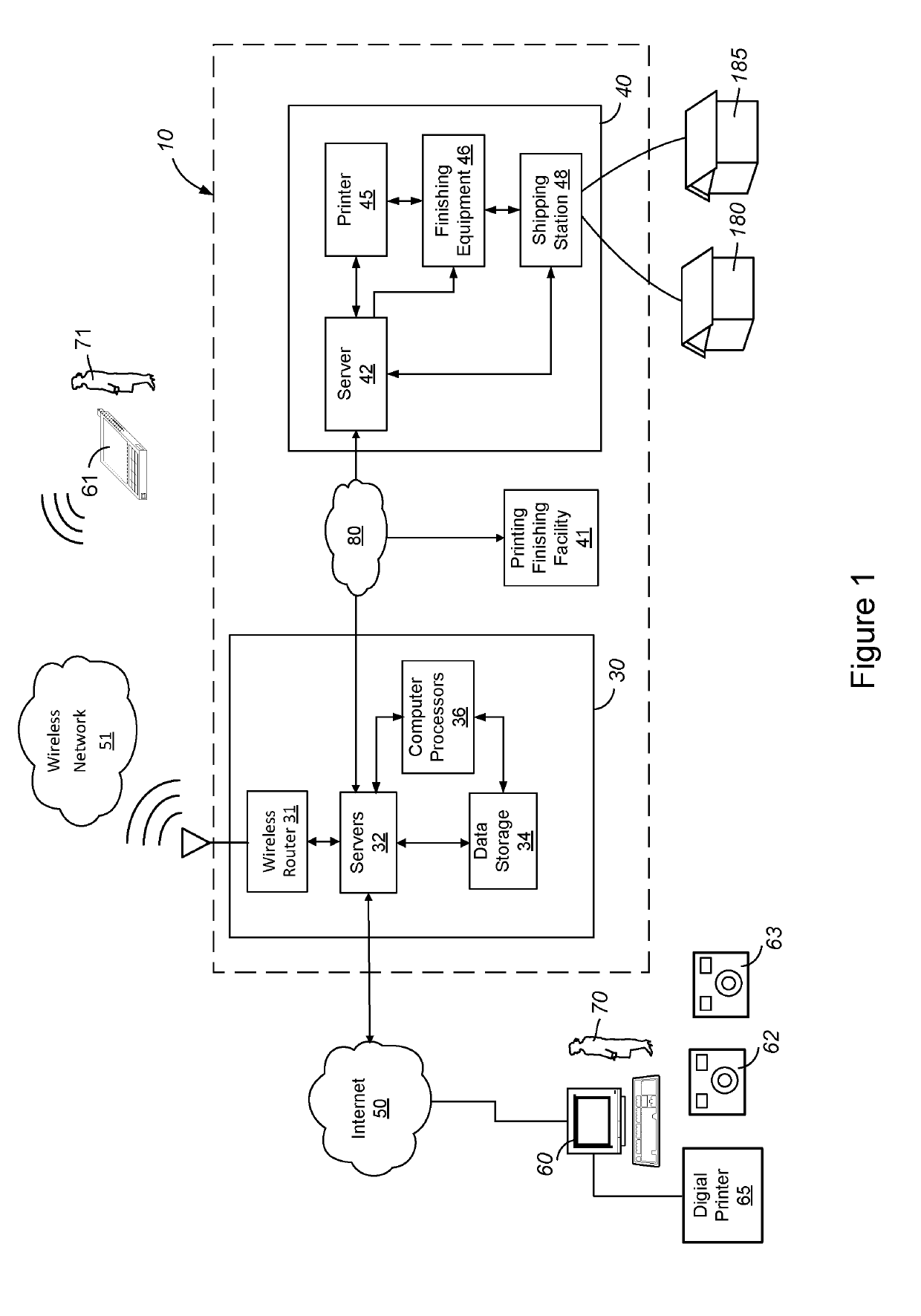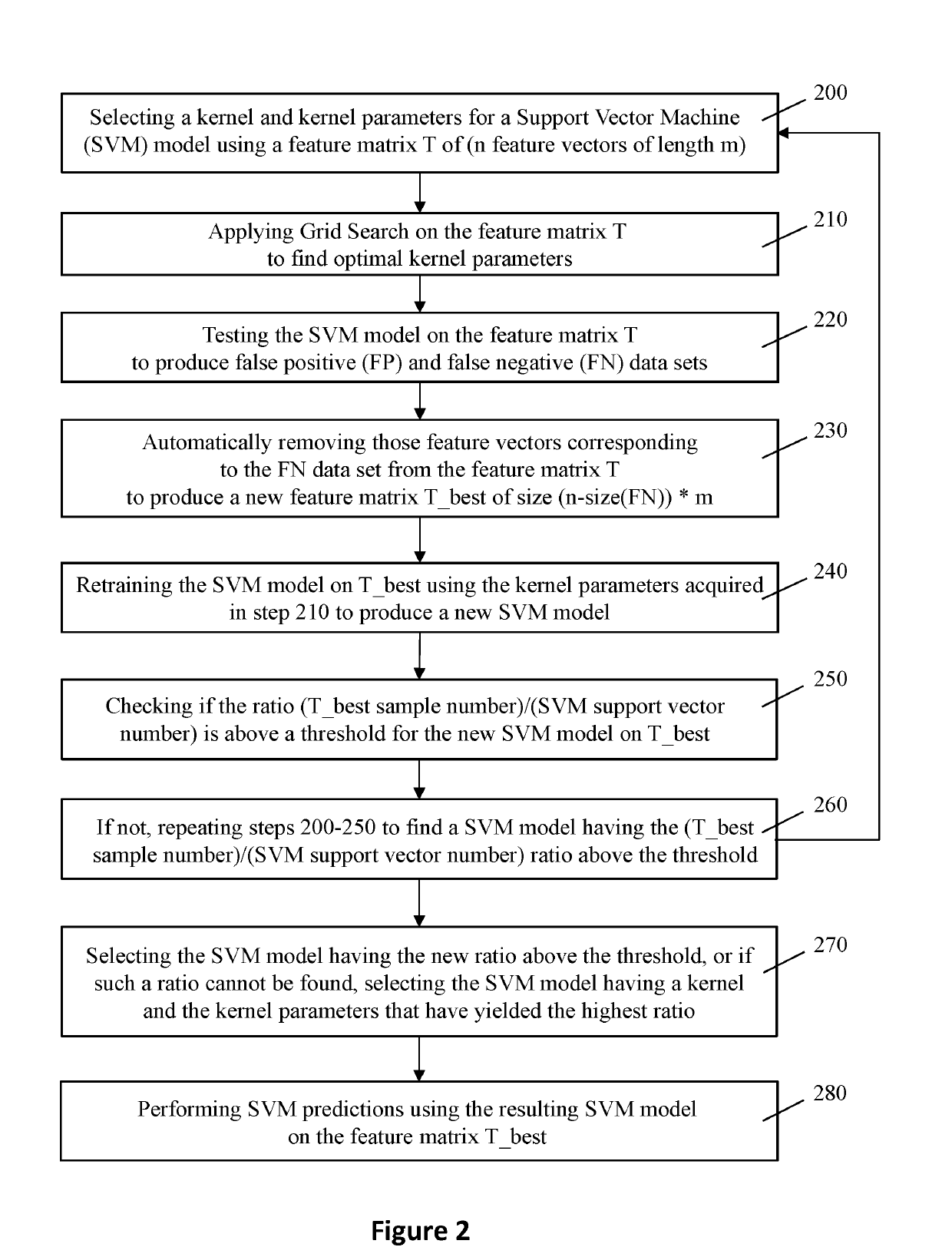High precision additive pattern recognition for image and other applications
a pattern recognition and additive technology, applied in the field of improved image recognition methods, can solve the problems of low recognition accuracy, data overfitting, and recognition errors in the form of false positives and false negatives, so as to increase the sample ratio, reduce false positives, and increase recognition accuracies
- Summary
- Abstract
- Description
- Claims
- Application Information
AI Technical Summary
Benefits of technology
Problems solved by technology
Method used
Image
Examples
Embodiment Construction
[0016]Referring to FIG. 1, a network-based imaging service system 10 operated by an image service provider such as Shutterfly, Inc. enables users 70, 71 to store, organize, and share images via a wired network or a wireless network 51. The network-based imaging service system 10 also allows users 70, 71 to design image products.
[0017]The network-based imaging service system 10 includes a data center 30, one or more product fulfillment centers 40, 41, and a computer network 80 that facilitates the communications between the data center 30 and the product fulfillment centers 40, 41.The data center 30 includes one or more servers 32 for communicating with the users 70, 71, a data storage 34 for storing user data, image and design data, and product information, and computer processor(s) 36 for rendering images and product designs, organizing images, and processing orders. The user data can include account information, discount information, and order information associated with the user....
PUM
 Login to View More
Login to View More Abstract
Description
Claims
Application Information
 Login to View More
Login to View More - R&D
- Intellectual Property
- Life Sciences
- Materials
- Tech Scout
- Unparalleled Data Quality
- Higher Quality Content
- 60% Fewer Hallucinations
Browse by: Latest US Patents, China's latest patents, Technical Efficacy Thesaurus, Application Domain, Technology Topic, Popular Technical Reports.
© 2025 PatSnap. All rights reserved.Legal|Privacy policy|Modern Slavery Act Transparency Statement|Sitemap|About US| Contact US: help@patsnap.com



